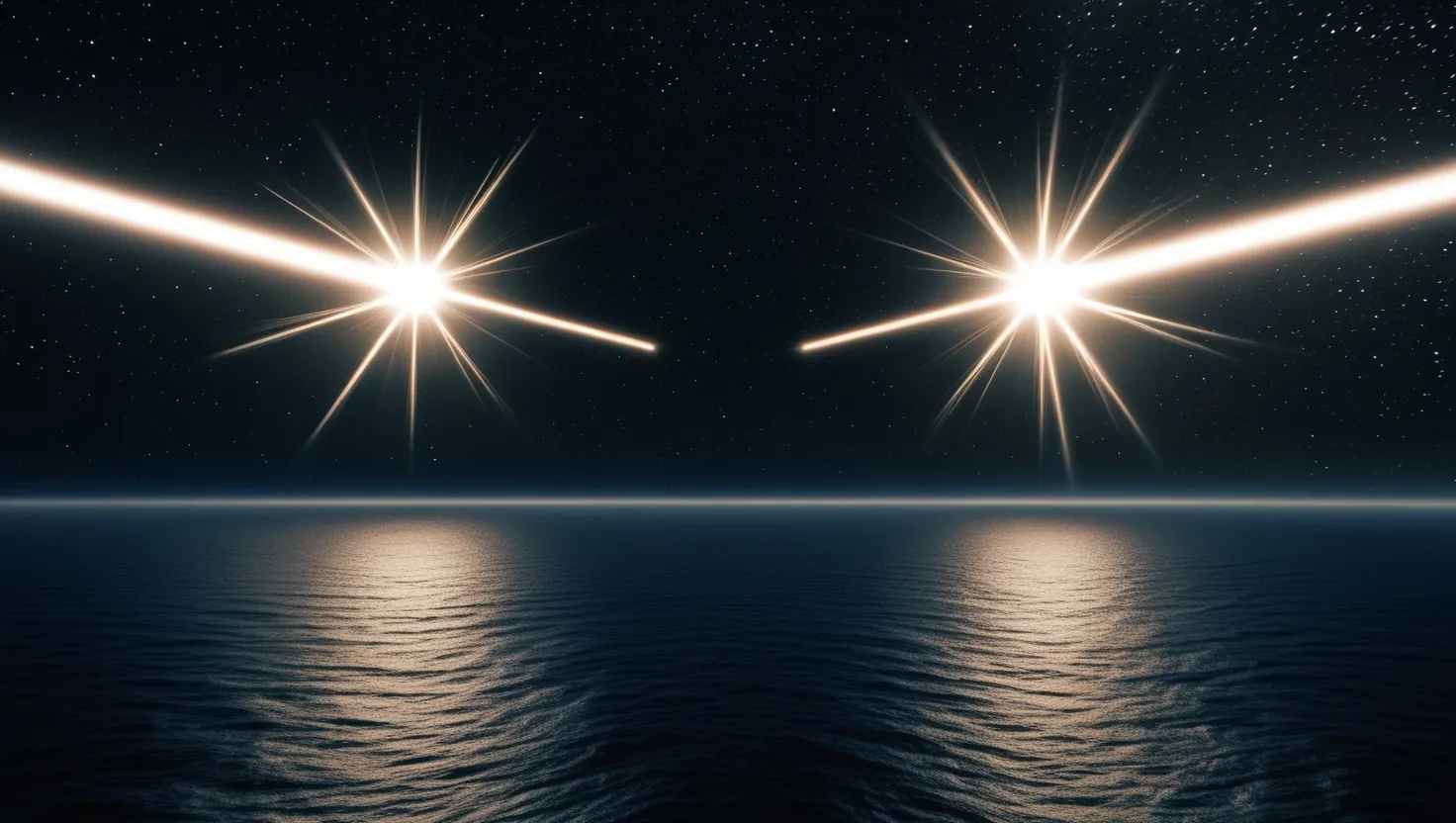The depths of our planet hold secrets we’ve yet to fully comprehend. As we delve deeper into Earth’s crust, we uncover mysteries that challenge our understanding of life itself. Recent geological studies have revealed evidence of a potential parallel ecosystem thriving in the extreme conditions of our planet’s deep crust. This discovery has sparked a fascinating debate about the nature of life and the possibility of silicon-based organisms existing right beneath our feet.
Imagine a world where life takes on forms we’ve never encountered before. A world where the line between mineral and organism blurs, and the very definition of life itself is called into question. This is the reality scientists are grappling with as they explore the concept of a “shadow biosphere” - a hidden realm of life that may coexist with our familiar carbon-based world.
The story begins with the discovery of microscopic crystalline structures in zones of extreme pressure deep within Earth’s crust. These formations exhibit characteristics that straddle the boundary between mineral growth and biological processes. They self-replicate using surrounding minerals and process energy in ways that resemble metabolism. It’s as if we’ve stumbled upon a new language of life, written in the alphabet of silicon and carbon.
“Life is a process, not a substance,” once said philosopher Daniel Dennett. This quote takes on new meaning as we consider these hybrid structures. They maintain stability at temperatures exceeding 400°C and demonstrate adaptation to environmental changes. Could this be evidence of life finding a way in the most inhospitable corners of our planet?
The internal organization of these formations is particularly intriguing. They contain complex molecular chains that combine silicon and carbon in arrangements never before seen in nature. This hybrid chemistry challenges our carbon-centric view of life and opens up new possibilities for how life might manifest in extreme environments.
But what truly sets these structures apart is their ability to transfer information. Research teams have documented electrical activity patterns between clusters, suggesting the existence of primitive communication networks. These formations also show selective responses to specific chemical and electromagnetic stimuli, hinting at rudimentary sensory capabilities.
As we ponder these findings, we must ask ourselves: What defines life? Is it the ability to replicate? To metabolize? To respond to stimuli? Or is it something more fundamental that we’ve yet to fully grasp?
Critics argue that these structures merely represent unique mineral crystallization rather than true life forms. It’s a valid point - after all, crystals can grow, replicate, and even respond to environmental changes. But the consistent organization and information transfer capabilities of these formations push the boundaries of what we typically associate with non-living matter.
The potential existence of silicon-based life forms on Earth has long been a subject of scientific speculation and science fiction. The idea stems from silicon’s chemical similarity to carbon and its abundance in Earth’s crust. However, silicon’s tendency to form stable, inert compounds with oxygen has made it seem an unlikely candidate for the basis of life as we know it.
Yet, here we are, faced with evidence that challenges this assumption. These deep-crust formations suggest that under extreme conditions, silicon might indeed form the backbone of complex, life-like systems. It’s a humbling reminder that our understanding of life’s potential is limited by our earthbound perspective.
“The most beautiful thing we can experience is the mysterious,” said Albert Einstein. The discovery of these potential silicon-based life forms embodies this sentiment perfectly. It opens up a world of possibilities and forces us to reconsider our assumptions about the nature of life itself.
As we continue to explore the deep crust, we’re likely to uncover more anomalies that challenge our understanding of biology. These findings provide compelling evidence for alternative biochemical pathways and expanded definitions of life. They remind us that the universe is far more creative and diverse than we often give it credit for.
The implications of this research extend far beyond our planet. If life can find a way to exist in the extreme conditions of Earth’s deep crust, might it also thrive in seemingly inhospitable environments on other worlds? Could silicon-based life forms inhabit the scorching surface of Venus or the methane lakes of Titan?
These questions lead us to ponder the nature of our search for extraterrestrial life. Have we been too narrow in our focus on finding carbon-based, water-dependent organisms? Should we broaden our criteria to include other potential biochemistries?
As we stand on the brink of this new frontier in biology, we’re reminded of the words of Carl Sagan: “Somewhere, something incredible is waiting to be known.” The discovery of potential silicon-based life in Earth’s deep crust may be just the beginning of a journey that will reshape our understanding of life in the universe.
In the end, whether these formations prove to be true life forms or not, they serve as a powerful reminder of the wonders that still await discovery on our own planet. They challenge us to keep an open mind, to question our assumptions, and to embrace the mystery of the unknown.
As we continue to explore the shadow biosphere, we’re not just uncovering new forms of potential life - we’re expanding the boundaries of what we believe to be possible. And in doing so, we’re opening up new avenues for understanding our place in the cosmos.
What other secrets might be hiding in the depths of our planet? How might the discovery of silicon-based life change our approach to the search for extraterrestrial intelligence? These are questions that will drive scientific inquiry for years to come, pushing us to explore further, dig deeper, and think more creatively about the nature of life itself.
The shadow biosphere reminds us that even after centuries of scientific progress, our planet still holds mysteries waiting to be uncovered. It’s a thrilling prospect that invites us all to look at the world around us with fresh eyes and an open mind. Who knows what other marvels might be hiding just beneath the surface, waiting for us to discover them?






